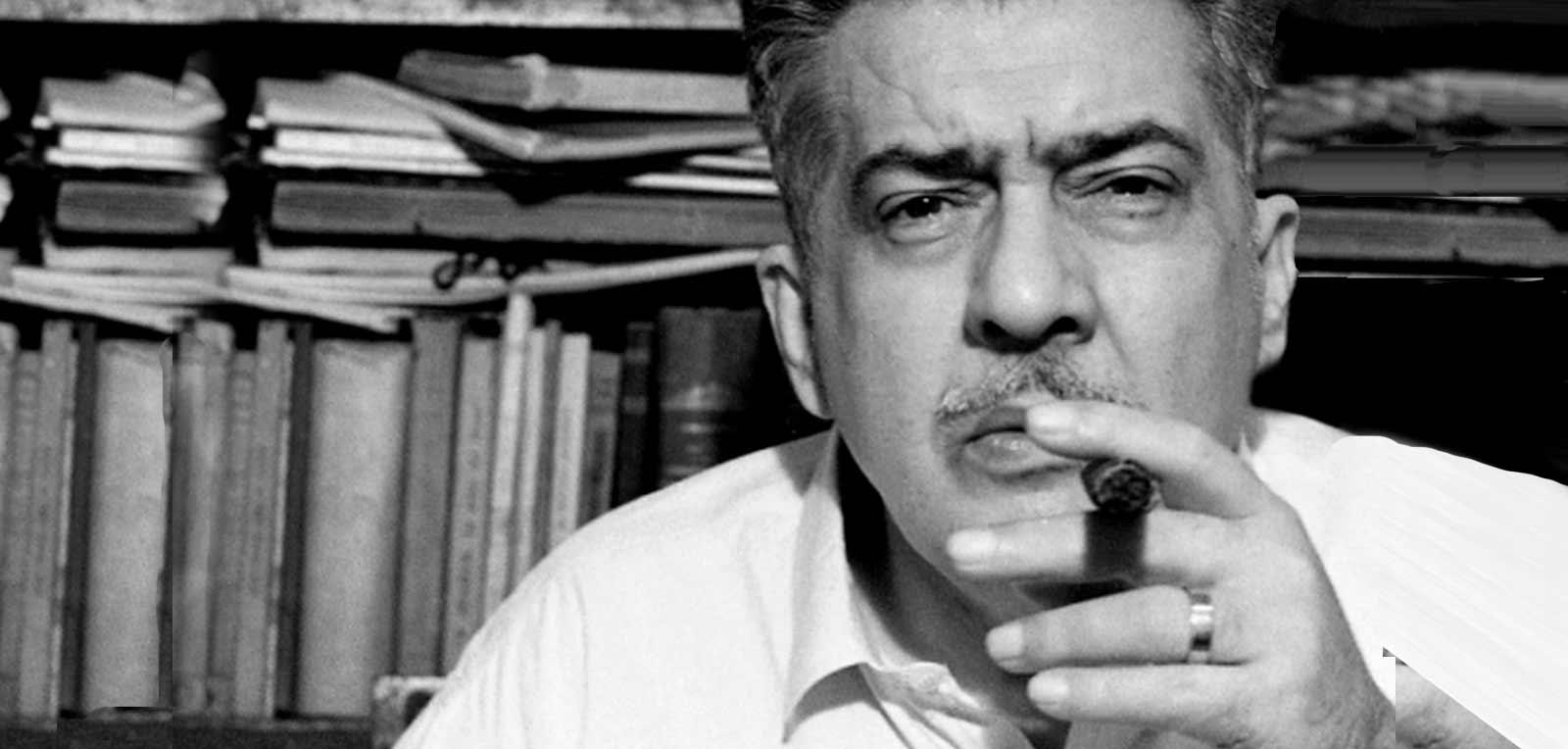
Born on December 19, 1910, José Lezama Lima, who died 65 years, continues to arouse the interest of scholars of Latin American letters, in which the Cuban writer shines with his own unique light.
Poet, essayist, narrator, cultural promoter, critics and colleagues have said about him that his work represented in the continent's literature a radical break with realism and psychology, and "contributed an expressive alchemy that did not come from anyone."
José María Andrés Fernando Lezama Lima was born in the capital, in the then Columbia military camp, since his father was an engineer, an artillery colonel, and in the city itself he studied until he graduated as a lawyer at the University of Havana in 1938.
His first collection of poems was Muerte de Narciso (1937), and later Enemigo rumor (1941), Aventuras secreilosas (1945), La fixidad (1949) and Dador (1960), exponents of a baroque lyric and, for many hermetic, which were landmarks.
His essays include Colloquium with Juan Ramón Jiménez (1938), Analecta del Reloj (1953), American Expression (1957), Treaties in Havana (1958) and The Bewitched Quantity (1970), profound, imaginative and poetic texts.
Of note in his cultural work is the direction of significant literary magazines such as Verbum (1937), Espuela de plata (1939-1941), No one seemed (1942-1944) and, above all, Origen (1944-1957), which brought together a whole generation of important national creators and foreign collaborators, in its time, one of the most important Latin American publications.
From poetry and essays, it led to the novel and, Paradiso, which appeared for the first time in Cuba in 1966, was an event that enriched the so-called boom in Latin American literature and appeared on lists of the best works of this genre of the twentieth century.
Posthumously, in 1977, Oppiano Licario was published, a kind of sequel to the first. He never enjoyed popularity and, especially as a result of Paradiso, he faced the incomprehension of a society that then did not understand his aesthetics, his way of being, his indisputable significance.
Today, an honorary novel award from the Casa de las Américas bears his name, conferences and events are held around his work and the mythical house of Trocadero 162 in Old Havana, where he lived from 1929 until his death on August 9. From 1976, it is a museum that treasures his legacy and a National Monument.